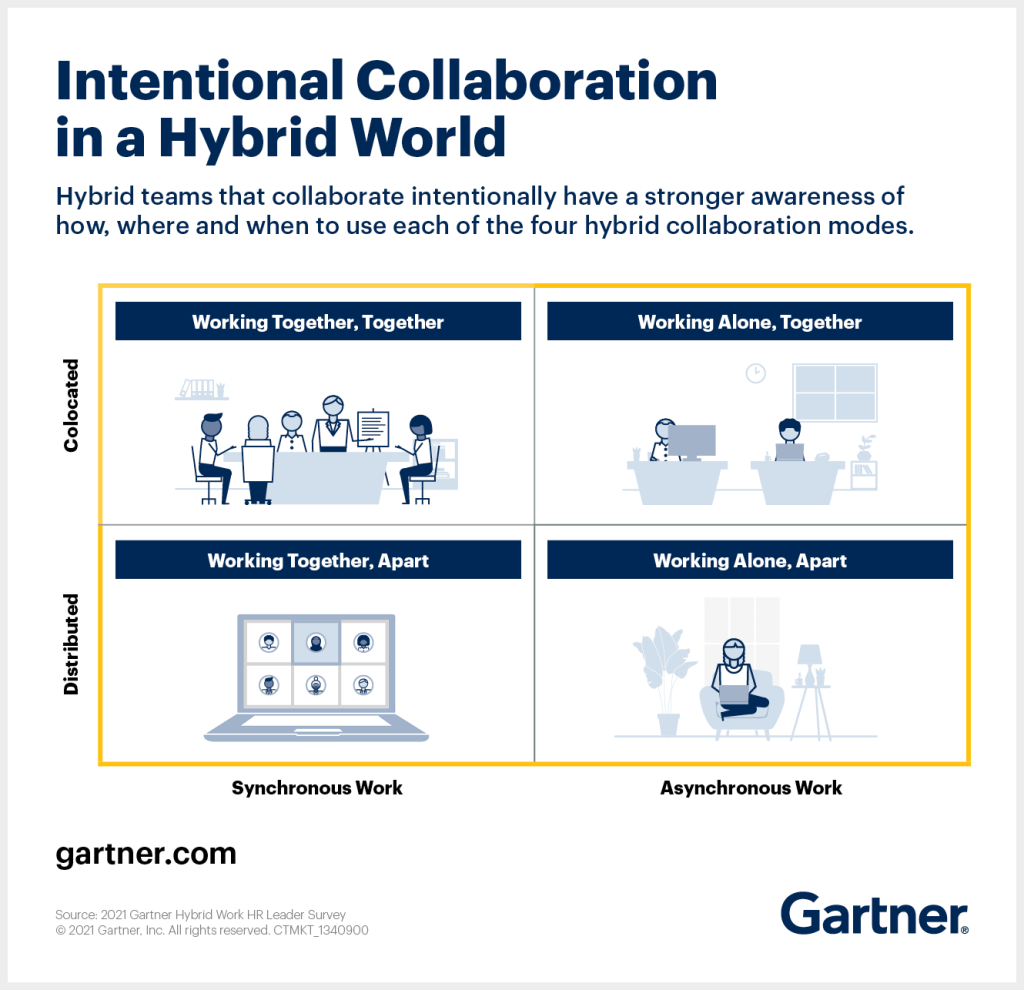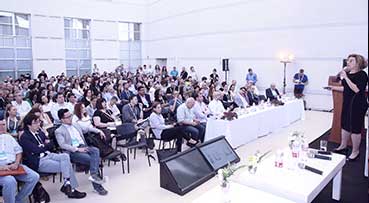How many days a week do you work remotely?
One day? Well, it’s better than none.
Two or three? That’s the hybrid model.
Unlimited? That can be chaotic.
Yet, none of these responses truly hit the mark.
The reason? Flexibility in today’s work landscape isn’t about where you work; it’s about the nature of the work itself.
Managers often operate under the assumption that if they can see their team in the office, they’ve got a pulse on what’s happening. It’s an old-school mindset: when everyone works in the office, during traditional hours, there’s this sense of fairness and uniformity. Everyone gets the same deal—same environment, same hours. That’s why many managers still view work as a place to be, rather than something you do. They head to the office, and naturally, they don’t want to be there solo. So, they pull out all the stops to fill those office chairs.
This has led to the belief that hybrid working is just about splitting time between home and office. But those who’ve tried to coax, rather than compel, their teams back to the office have stumbled upon a frustrating loop. They encourage their staff to return for those in-person meetings, but often, when people show up, they find a near-empty space or the very people they wanted to meet aren’t there. The promise of meaningful office encounters falls flat, and gradually, people stop showing up. This raises a huge question: what’s the point of an office if it doesn’t facilitate the very meetings it’s supposed to host? Why are we surprised then, when organizations feel the need to mandate office attendance?
This whole scenario turns what was meant to be an emergency measure into an ongoing struggle. It’s a vivid reminder that we need to become adept at handling the unpredictable – uncertainty, instability, and all sorts of surprises. This flexibility we’re trying to instill in the work world? It’s there to help us navigate these choppy waters, not to make them harder to sail.
The real issue at hand isn’t about flexibility itself, but rather, how we’re handling it. It’s true, as many organizations have noticed, that the decrease in our everyday office interactions has changed the way we connect. Gone are the days of spontaneous chats in the hallway, impromptu meetings, or those quick catch-ups over coffee. With more physical distance, the way we collaborate has had to adapt. Even on those days when we do head to the office, there’s no guarantee of who else will be there. Without some solid planning and coordination, those chance encounters are becoming a rarity.
The value of the office hasn’t disappeared, but it’s definitely not one-size-fits-all anymore. For some, the office is still a haven for focus and productivity. For others, the thought of commuting to an often-empty office for work they could do from their living room just doesn’t make sense. And it’s not just about the commute. It’s about how our workday is structured. At the office, our day follows a set schedule, but working from home offers a different rhythm—a mix of availability, meetings, focused work, and personal life, reshaping our work-life balance.
This is where traditional hybrid work models fall short. They’re too fixated on the physical aspect of the workplace, failing to consider the varied needs of individuals, their tasks, and their teams. It’s high time we shift our perspective from a simplistic “more time at home or the office?” to a more nuanced question: “Which work environment today best aligns with the needs of our employees, their work, and their teams?”
Adopting this new angle allows us to plan office meetups not by a strict weekly calendar, but by focusing on the unique qualities of our team members, the dynamics of the team, and the specific phase of the project we’re in. Microsoft calls this the “Moments that Matter” approach. It’s about crafting those crucial instances where bringing people together really counts. These are the moments where the magic of collaboration is not just felt in the meeting room, but lingers long after.
Gartner, too, is on board with a similar concept, known as “Intentional Collaboration.” They’re pushing us to move beyond chance encounters to more meaningful, purpose-driven interactions. It’s about taking a deep dive into our work, understanding its rhythm, and making conscious decisions about when, where, and how we work.

Gartner even offers a blueprint for this, focusing on two key aspects of collaboration: the physical and the essential. This method is a game-changer for future planning, balancing solo work with teamwork, and figuring out when being physically together really makes a difference. This way, office time becomes more about quality than quantity. It’s about being there with the right people at the right time — for those crucial discussions, brainstorming sessions, or rapid decision-making moments. For some, the office transforms into a place for solitary work, yet in the company of others — a blend of focus and social connection. When people come to the office under these circumstances, they know there’s a purpose to their presence, with specific people to see and collaborative goals to achieve.
On the flip side, if we’re calling employees into the office for tasks they’d rather do in the peace of their home, or for virtual meetings that could happen anywhere, they’re bound to question the point of the commute. If this becomes a pattern, don’t be surprised if they start looking for opportunities where their time and choices are more respected.
Time is a currency in today’s workplace, and it’s redefining what we mean by flexibility. It’s no longer just about balancing home and office work, or deciding which days to work remotely. What employees are really looking for is a thoughtful approach to the ‘where’ and ‘why’ of work. They want to know that their trips to the office are for a good reason — for those moments of collaboration that really make a difference. This is what the new hybrid work model is all about: recognizing the value of our time and ensuring that when we do make the effort to be in the office, it’s because there are people to meet, ideas to exchange, and valuable work to be done.

![large-AX1A2125-2[1] large-AX1A2125-2[1]](https://niritcohen.com/wp-content/uploads/elementor/thumbs/large-AX1A2125-21-pnzedcs72atx5aeurqytqdiihxixlq02re9mlz805s.jpg)






